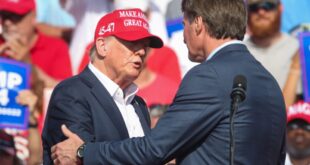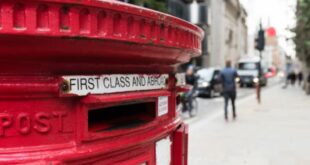The Telegraph
What history tells us about the Royals and race
In February 1956, the young Queen Elizabeth II’s three-week visit to Nigeria, the multi-ethnic, multi-faith West African nation preparing for its independence, was nearing its close. During a tour of the north, she had invested Malama Kuburu, a 33-year-old wife of a blacksmith, with the MBE – the first Muslim Nigerian woman to receive a decoration of this sort. Her citation pointed to “Devoted Service to Women’s Education”, explained by a member of the royal household as “a great fight to break down prejudices”. Kuburu had resisted the opposition of every man in her village to become a teacher. In attendance on the Queen as she made the award was Johnson Aguiyi-Ironsi, a black Nigerian army officer who would become the country’s first military leader following independence in 1960. Queen and captain had been introduced at Buckingham Palace in December 1955, when Aguiyi-Ironsi began a 12-week period in temporary royal employment as equerry. For his services during her Nigerian visit, the Queen appointed him a member of the Royal Victorian Order, the decoration in her personal gift. In 1962, she awarded him the MBE. For many, the claims of institutional racism within the monarchy, made during and after the Sussexes’ interview with Oprah Winfrey last week, sit oddly with its engagement with the multiracial Commonwealth, and initiatives targeting race and faith inclusivity throughout the Queen’s long reign.
Source link



